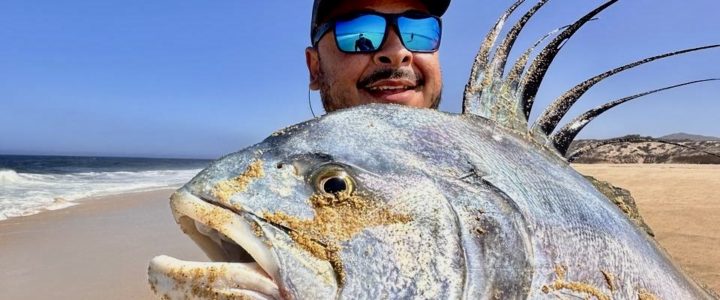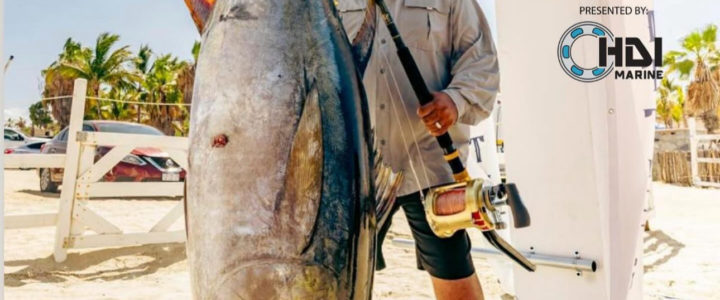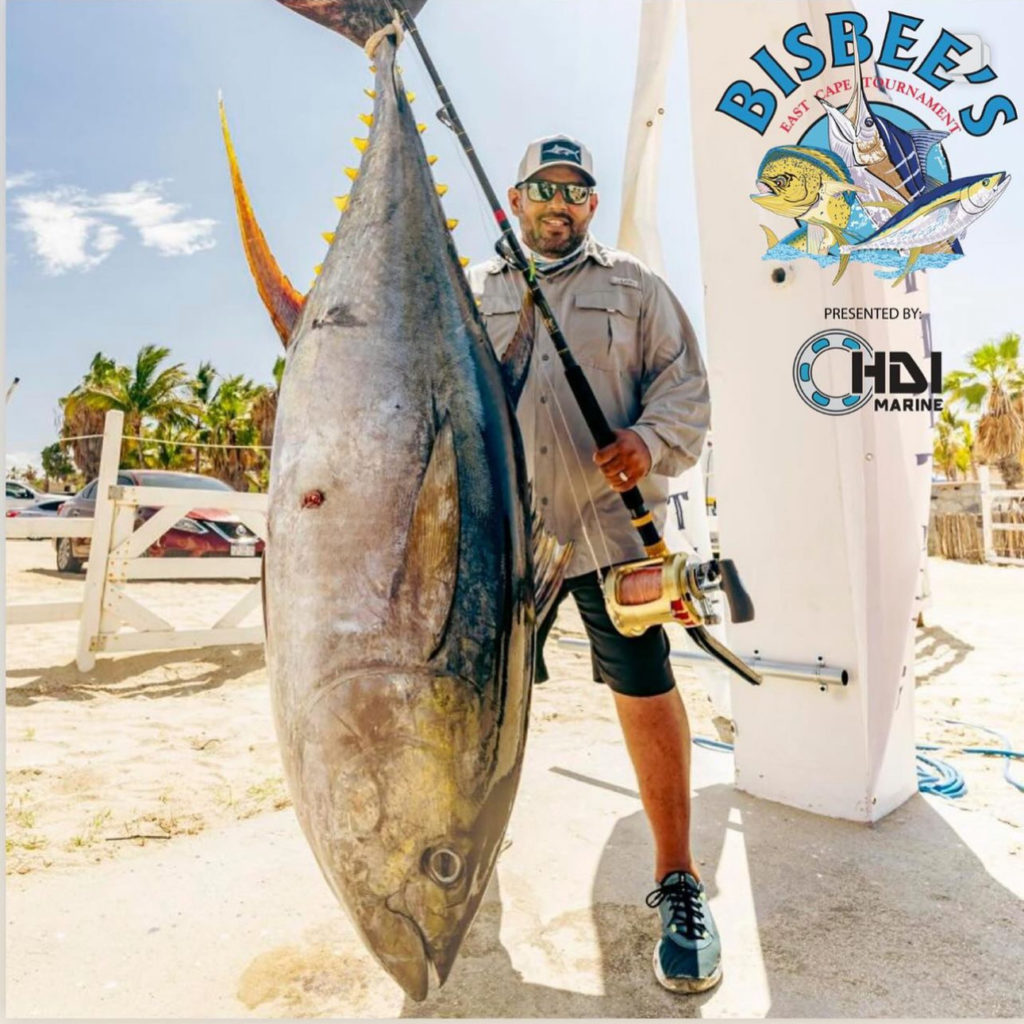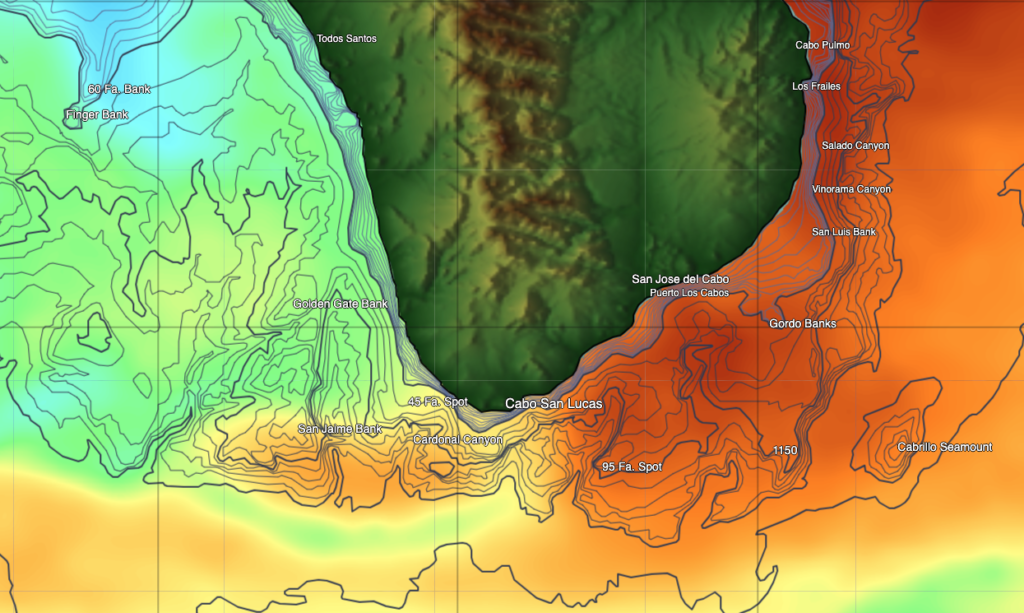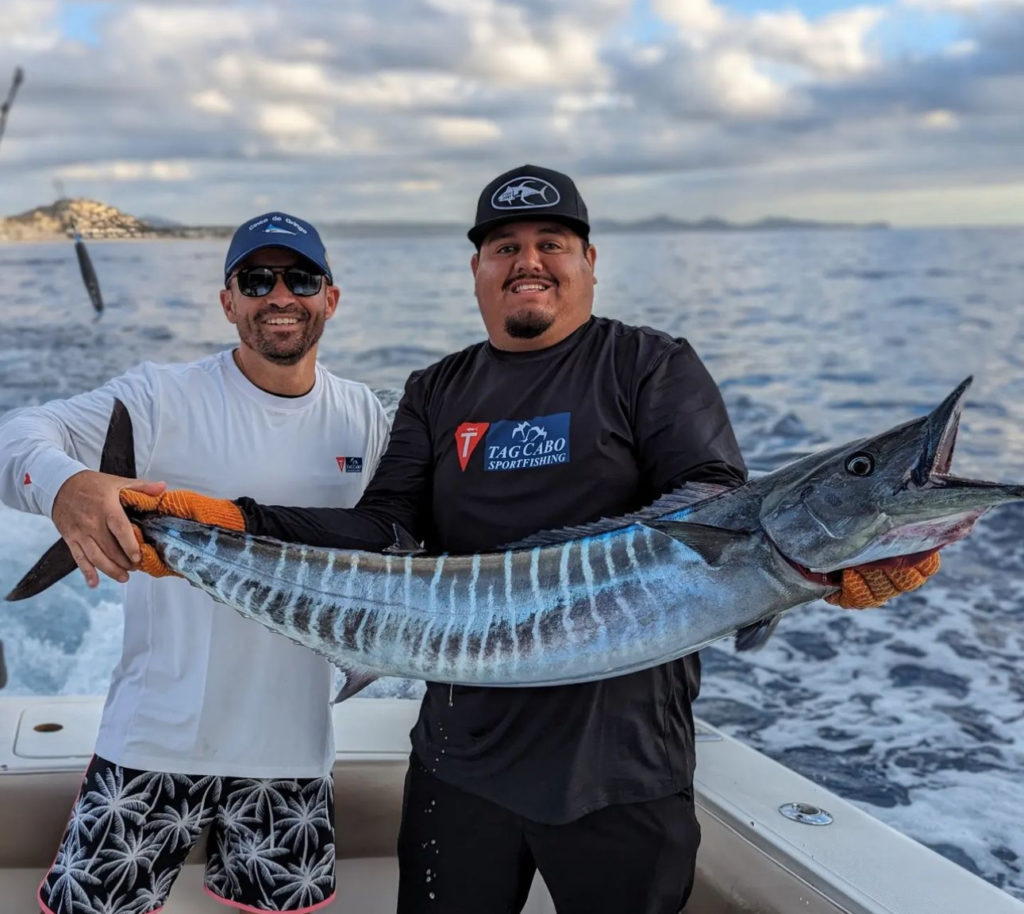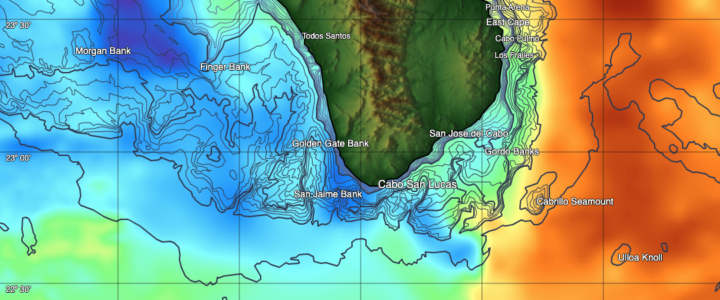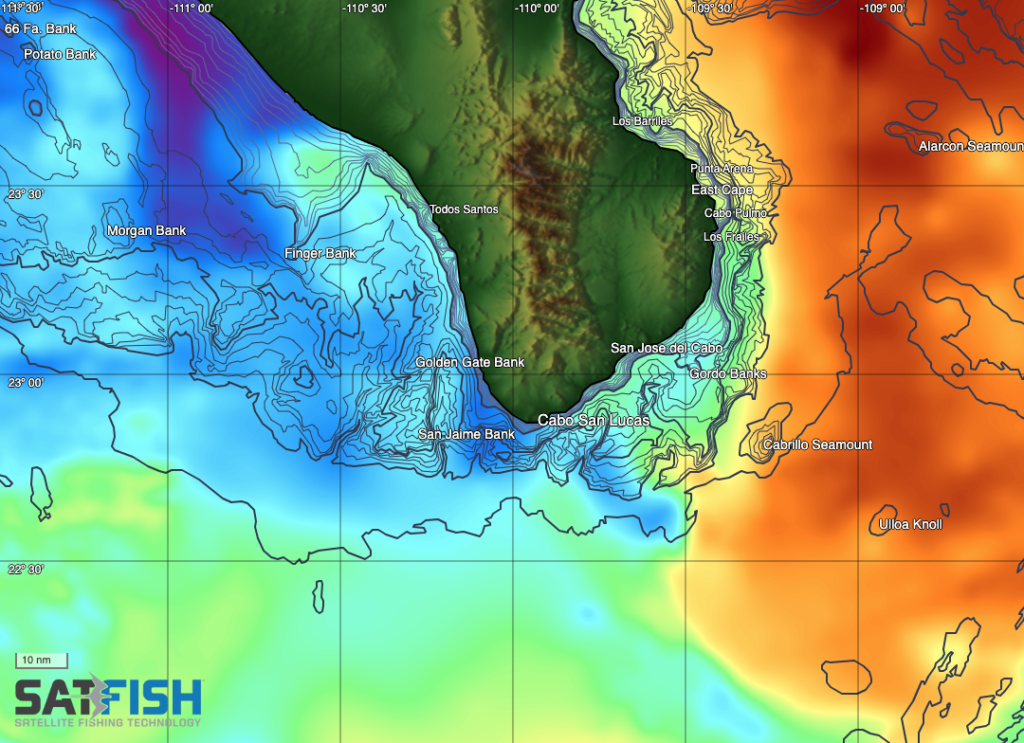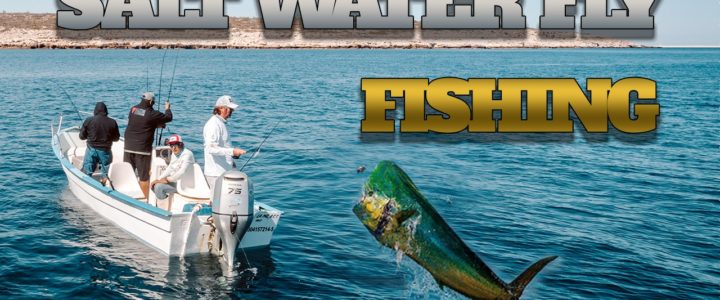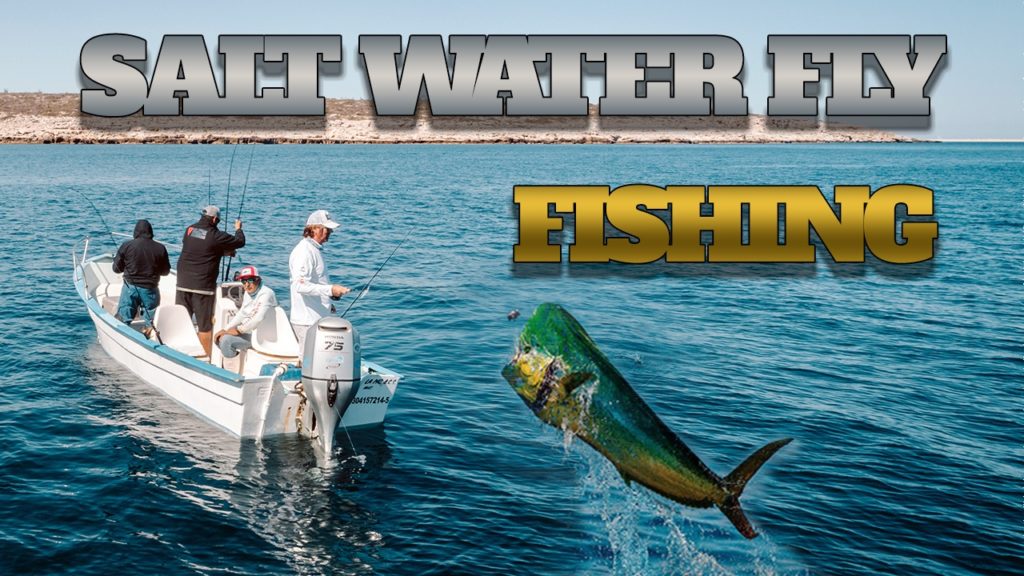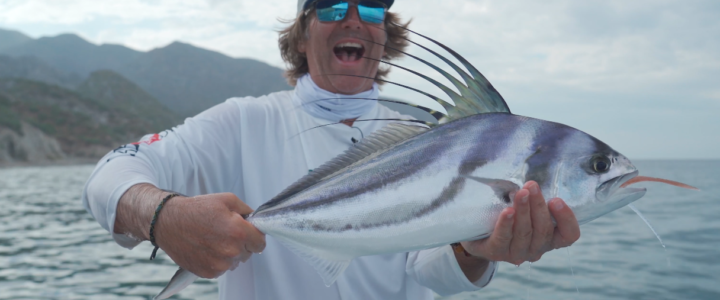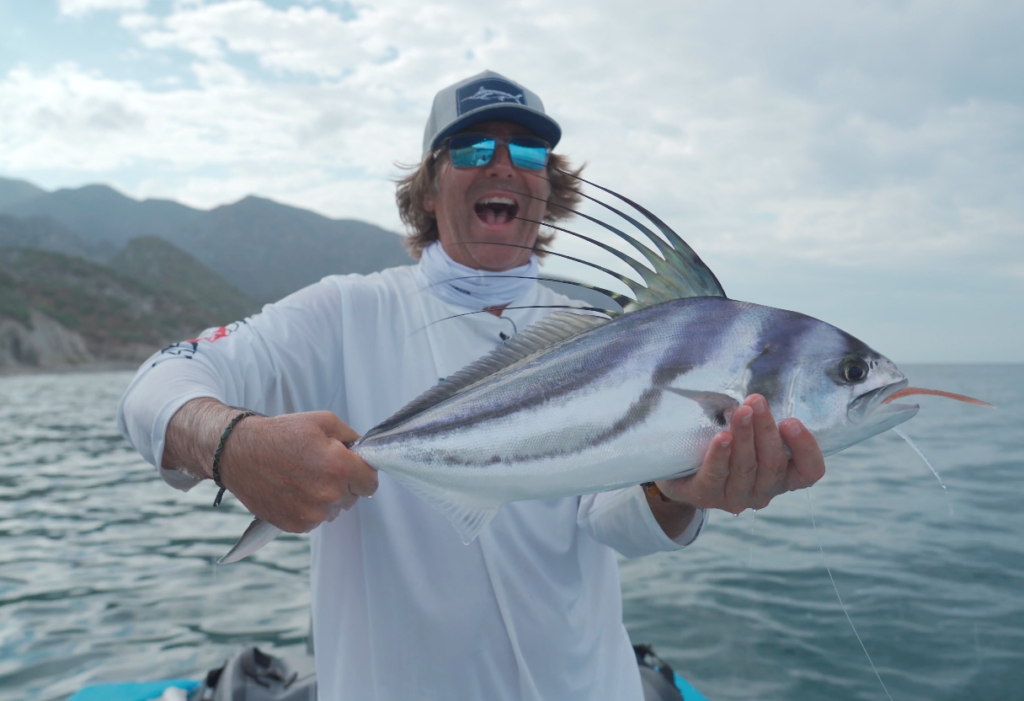Best Rigs for Beach Fishing in Los Cabos
Cabo Sportfishing Trips
Los Cabos, with its stunning beaches and abundant marine life, offers fantastic opportunities for surf fishing. Whether you’re a seasoned angler or a beginner, having the right rig is crucial for success. Here are some of the best rigs for beach fishing in Los Cabos:
Beach fishing in Los Cabos
1. The Fish-Finder Rig
This versatile rig is excellent for presenting live bait or cut bait and is particularly effective for species like Roosterfish, Snook, and Jacks.
- How it works: A sliding sinker is placed on the mainline, followed by a bead and a swivel. The leader line, with a hook at the end, is then attached to the swivel. This setup allows the fish to take the bait with minimal resistance, as the sinker doesn’t move.
- Recommended hook sizes: 1/0 to 5/0 circle hooks, depending on the target species.
2. The Double-Drop Bottom Rig
Ideal for targeting bottom-dwelling species like Halibut, California Corbina, and various types of Snapper.
- How it works: This rig features two hooks attached to dropper loops on the mainline above the sinker. This setup keeps your bait suspended off the bottom, increasing visibility and reducing snags.
- Recommended hook sizes: #4 to 1/0 circle hooks or J-hooks.
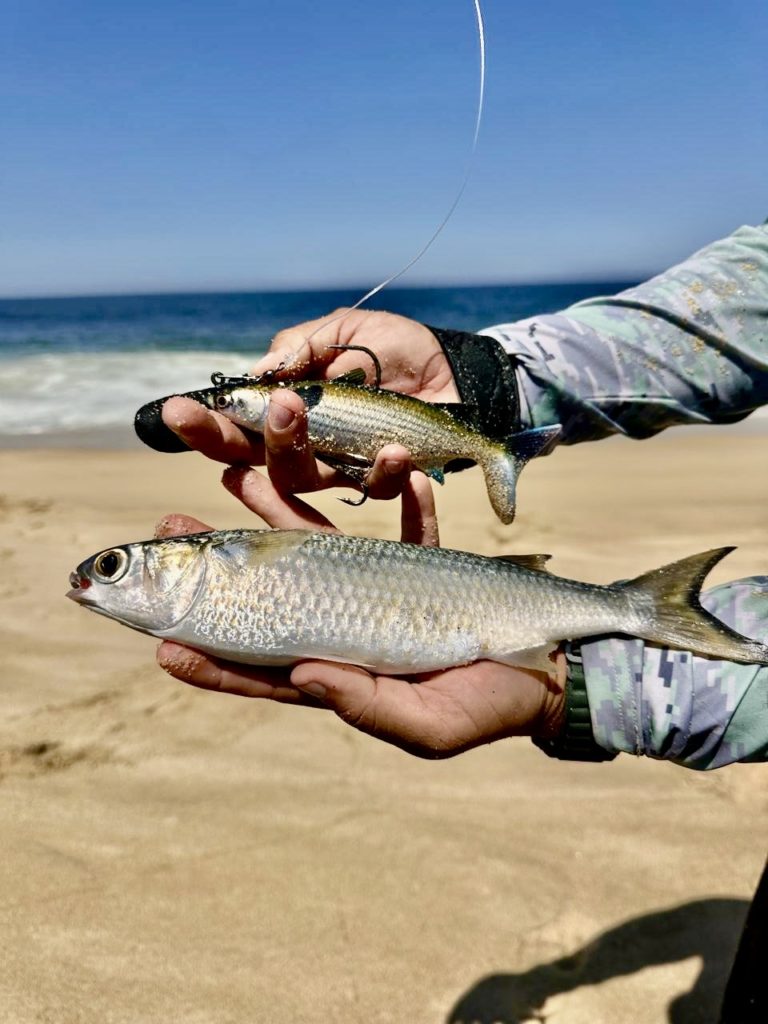
3. The Carolina Rig
A popular choice for surf fishing, the Carolina Rig excels at covering a lot of ground and enticing strikes from a variety of species.
- How it works: A sliding sinker is threaded onto the mainline, followed by a bead and a swivel. A leader line (18-36 inches) is then tied to the swivel, with a hook at the end. This rig allows the bait to move naturally with the current.
- Recommended hook sizes: 1/0 to 4/0 circle hooks.
4. The Popping Cork Rig
This rig is designed for fishing with live bait or artificial lures near the surface and is particularly effective for species like Sierra Mackerel and Jack Crevalle.
- How it works: A popping cork is attached to the mainline, followed by a leader line with a hook. The popping cork creates a splashing sound and commotion when retrieved, attracting predatory fish.
- Recommended hook sizes: #2 to 2/0 J-hooks.
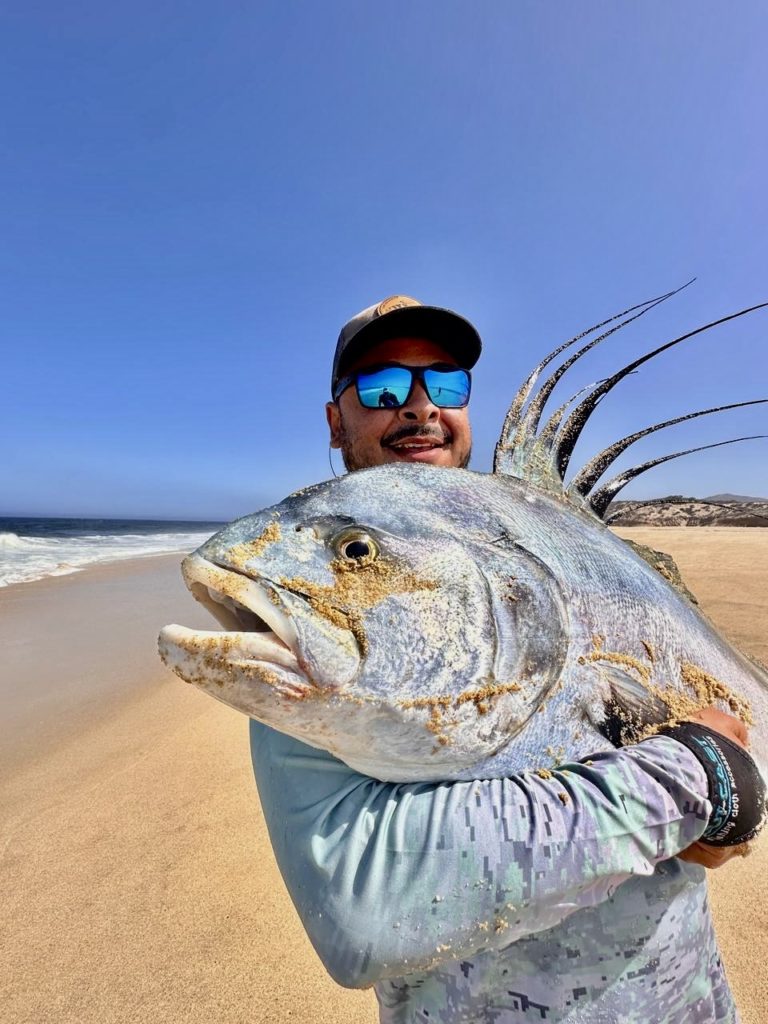
Tips for Beach Fishing in Los Cabos:
- Use appropriate tackle: Medium-heavy to heavy rods and reels are recommended for surf fishing in Los Cabos due to the potential for larger fish and strong currents.
- Choose the right bait: Live bait such as sardines, mullet, and shrimp are excellent choices. Artificial lures like poppers, spoons, and jigs can also be effective.
- Be mindful of the tides: Incoming tides generally bring in baitfish and predatory species, making them ideal for fishing.
- Respect local regulations: Make sure you have the necessary fishing licenses and are aware of any size or bag limits.
Book Your Cabo Sportfishing Trip!
Ready to experience the thrill of beach fishing in Los Cabos?
Book your sportfishing trip with us today!
Tagsportfishing@gmail.com
We offer guided excursions with experienced captains and top-of-the-line equipment.
Contact us to learn more and reserve your adventure.

